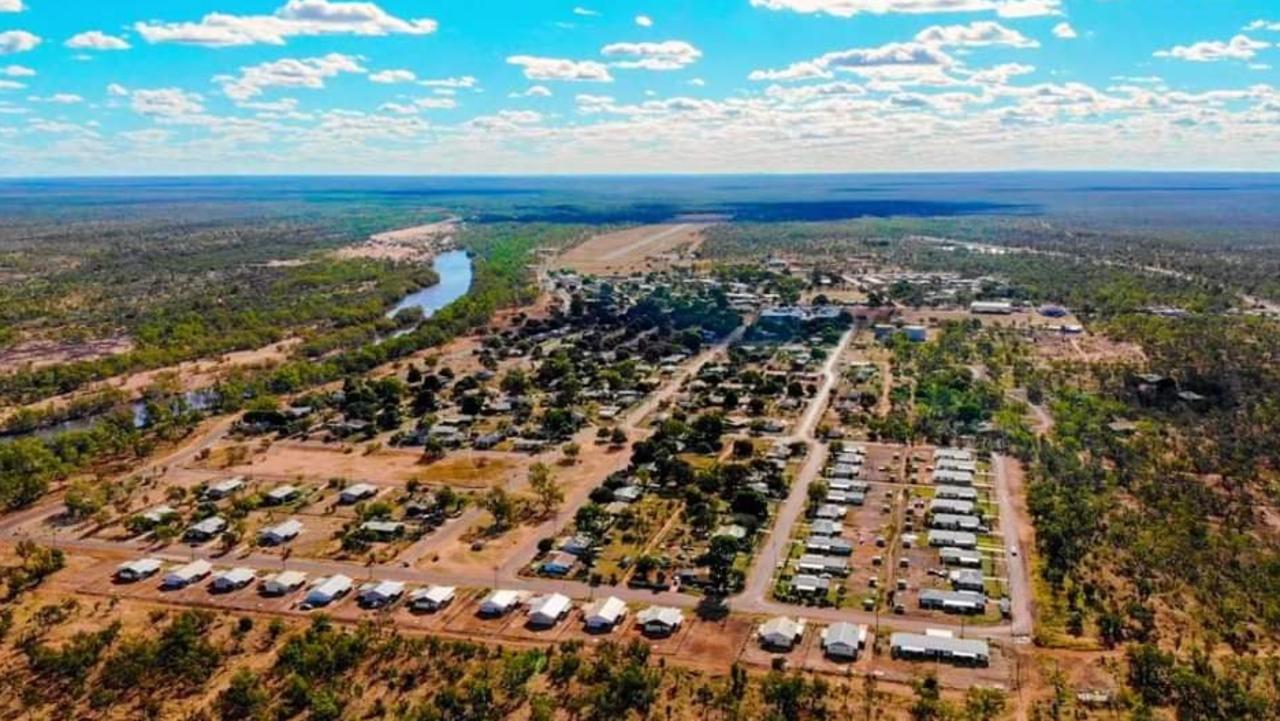Future Cairns: Why multigenerational living will become the norm in Far North Queensland
Mum will say it’s far from ideal but grandma will love it, with multi-generational living set to become the norm in the Far North, as living arrangements shift. Read why.
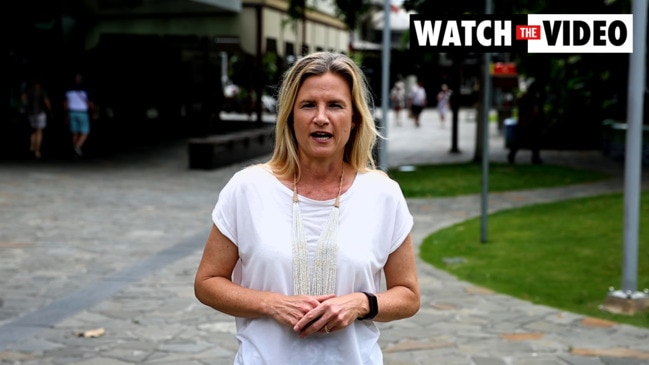
Cairns
Don't miss out on the headlines from Cairns. Followed categories will be added to My News.
AN increased emphasis on multigenerational living with flexible homes will be a future feature of Cairns housing.
Cairns Property Office principal Shane Trimby said the multigenerational market was fast-growing.
“In some cases, it is affordability that is driving it, but some families are working longer hours and are getting parents to move in with them to help with the day-to-day running of the home and children,” Mr Trimby said.
RE/MAX owner Ray Murphy said demographic changes such as an increase in the number of elderly people and rising numbers of young people unable to afford to leave home would mean a big shift toward multi-generational living.
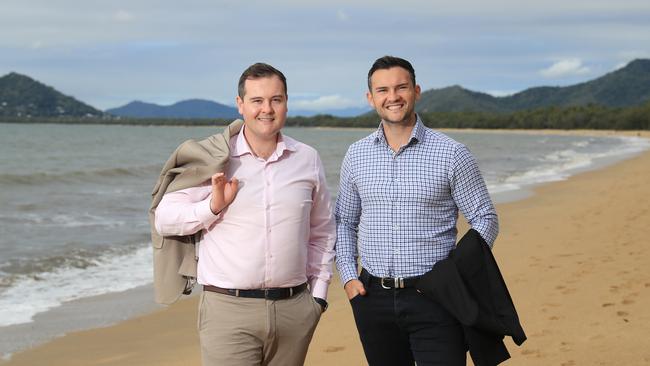
Shelter Housing Action Cairns executive officer Sally Watson said she would like to see housing better reflect diverse household types.
“No longer would we be forced to fit a wide variety of household types into housing stock built for a nuclear family with two parents and three or four children,” Ms Watson said.
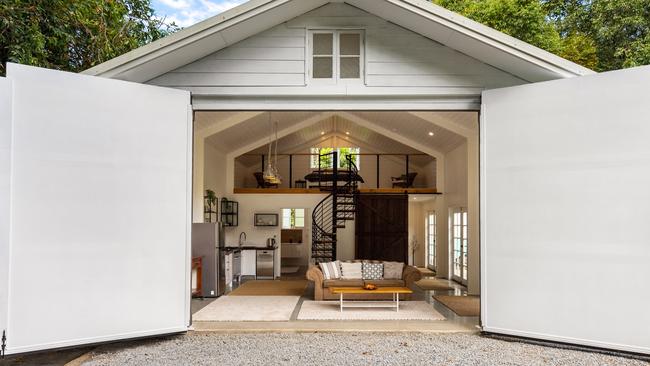
“We would have stock that suits extended families, stock that makes sense for singles who want private space and the opportunity to share amenities and green space, stock that suits lifestyles of the wide variety of cultures in our communities – for example, space for extended family to gather, and stock that is both safe and child friendly for single mums.”
Smart homes will be the norm, according to Ray Murphy.
“Homes will be collectors and storers of energy, and may tap into neighbourhood energy systems,” Mr Murphy said.
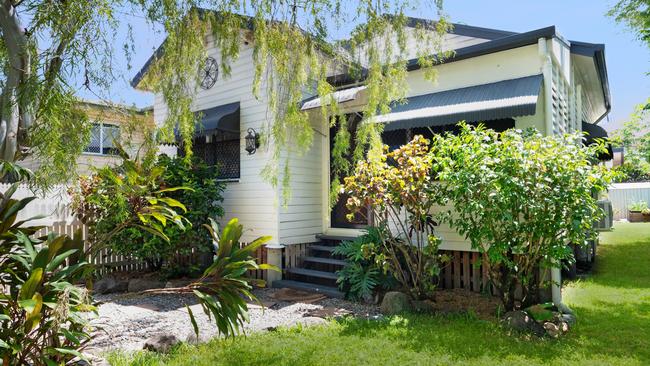
Technology would make decisions about heating and security and every property would be equipped with a charging point for electric cars.
“A centralised digital platform might manage a home’s energy use, combining heating, electrical consumption, ventilation and vehicle charging, and homes may have improved responsive cooling and heating techniques,” he said.
Non-essential equipment could automatically power down when electricity is at a peak price.
“Integrated technology may see the roof itself become a solar collector rather through panels fixed to the roof,” Mr Murphy predicted.
Smart homes might monitor health and activity, with reminders and warnings.
More Coverage
Originally published as Future Cairns: Why multigenerational living will become the norm in Far North Queensland




